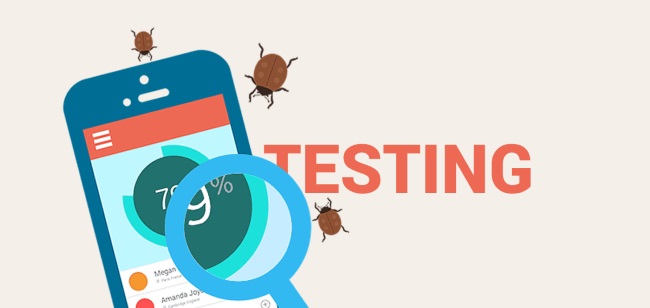Testing is an important stage in the building of any software product. It is only through testing that you can determine whether the product works as desired and even uncover and fix any issues that might compromise normal functioning.
And, as technological revolution continues to push the boundaries, developers now have a choice between automated and manual testing. Automated testing essentially refers to the use of pre-scripted tests that are run automatically. You input actual results as well as expected results and the software executes repetitively to determine whether the two results match. Manual testing, meanwhile, is performed by hand. Quality Assurance (QA) specialists sit in a room and closely examine the app to determine whether it runs properly in accordance with conditions written in test cases.
Question is – which is the best test method for app developers? The following are pros and cons of each option to help you make an informed decision;

Pros and Cons of Automated Application Testing
Pros
- Run tests quickly and even reuse the tests: With automated mobile application testing, once you’ve set up the test, it only takes a few minutes to generate results. Moreover, you can reuse tests.
- It’s cost effective: Although expensive in the short term, automated tests are way more cost effective in the long term. They deliver results quicker allowing you to act faster. This can shorten time to market.
- All team members can see results: It’s not just the person doing the test who can see the results. Anyone interested in the results is welcome to follow up. This enhances collaboration.
Cons
- Requires a high initial investment: The tools needed for automated testing are expensive. Not all developers can afford the costs.
- The tools have limitations: Granted, automation tools will discover most bugs. However, they cannot tests for certain aspects such as visual considerations.
Pros and Cons of Manual Application Testing
Pros
- Lower initial costs: With manual testing, you don’t need to buy expensive testing tools. All you have to do is bring in an experienced Quality Analyst.
- You’re more likely to catch user issues: Since manual tests are done by humans, it becomes easier to uncover usability issues that may pop up when consumers are using the app.
- It is flexible: It isn’t uncommon to stumble upon new ideas in the middle of development; ideas that might change the app for the better. Unfortunately, automatic testing takes away this opportunity from you. This is another reason you may want to test manually.
Cons
- It can be boring: No one enjoys filling out the same forms over and over. For this reason, many testers have a difficult time staying engaged which can compromise test results.
- You can’t reuse manual tests: Unlike automated tests which can be reused, manual tests can’t be reused. If something changes in the software, you have to run the test again.
From this comparison, it’s clear that the best way out is to combine the two approaches if possible. Automate areas that can be automated and manually test critical areas.
Pros and Cons of Automated and Manual App Testing: Can Automation Truly Replace Human Insight?,



Admit Kard
Jan 21. 2019
Thanks! It’s a big help!